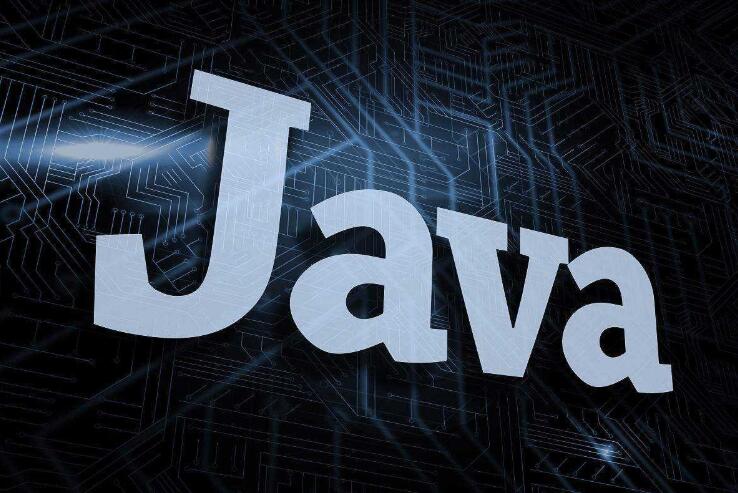java 中 阻塞队列BlockingQueue详解及实例
BlockingQueue很好的解决了多线程中数据的传输,首先BlockingQueue是一个接口,它大致有四个实现类,这是一个很特殊的队列,如果BlockQueue是空的,从BlockingQueue取东西的操作将会被阻断进入等待状态,直到BlockingQueue进了东西才会被唤醒.同样,如果BlockingQueue是满的,任何试图往里存东西的操作也会被阻断进入等待状态,直到BlockingQueue里有空间才会被唤醒继续操作。
BlockingQueue的四个实现类:
1.ArrayBlockingQueue:规定大小的BlockingQueue,其构造函数必须带一个int参数来指明其大小.其所含的对象是以FIFO(先入先出)顺序排序的.
2.LinkedBlockingQueue:大小不定的BlockingQueue,若其构造函数带一个规定大小的参数,生成的BlockingQueue有大小限制,若不带大小参数,所生成的BlockingQueue的大小由Integer.MAX_VALUE来决定.其所含的对象是以FIFO(先入先出)顺序排序的
3.PriorityBlockingQueue:类似于LinkedBlockQueue,但其所含对象的排序不是FIFO,而是依据对象的自然排序顺序或者是构造函数的Comparator决定的顺序.
4.SynchronousQueue:特殊的BlockingQueue,对其的操作必须是放和取交替完成的.
BlockingQueue的常用方法:
1)add(anObject):把anObject加到BlockingQueue里,即如果BlockingQueue可以容纳,则返回true,否则报异常
2)offer(anObject):表示如果可能的话,将anObject加到BlockingQueue里,即如果BlockingQueue可以容纳,则返回true,否则返回false.
3)put(anObject):把anObject加到BlockingQueue里,如果BlockQueue没有空间,则调用此方法的线程被阻断直到BlockingQueue里面有空间再继续.
4)poll(time):取走BlockingQueue里排在首位的对象,若不能立即取出,则可以等time参数规定的时间,取不到时返回null
5)take():取走BlockingQueue里排在首位的对象,若BlockingQueue为空,阻断进入等待状态直到Blocking有新的对象被加入为止
例子:
这个例子主要模拟了生产者和消费者之间的工作流程,是一个简单的消费者等待生产者生产产品供消费者消费的场景。
生产者:
|
1
2
3
4
5
6
7
8
9
10
11
12
13
14
15
16
17
18
19
20
21
22
23
24
25
26
27
|
package com.gefufeng;
import java.util.concurrent.BlockingQueue;
public class Producter implements Runnable{
private BlockingQueue<String> blockingQueue;
public Producter(BlockingQueue<String> blockingQueue){
this.blockingQueue = blockingQueue;
}
@Override
public void run() {
try {
blockingQueue.put("我生产的" + Thread.currentThread().getName());
System.out.println("我生产的" + Thread.currentThread().getName());
} catch (InterruptedException e) {
// TODO Auto-generated catch block
e.printStackTrace();
System.out.println("生产失败");
}
}
}
|
消费者:
|
1
2
3
4
5
6
7
8
9
10
11
12
13
14
15
16
17
18
19
20
21
22
23
24
25
26
|
package com.gefufeng;
import java.util.concurrent.BlockingQueue;
public class Customer implements Runnable{
private BlockingQueue<String> blockingQueue;
public Customer(BlockingQueue<String> blockingQueue){
this.blockingQueue = blockingQueue;
}
@Override
public void run() {
for(;;){
try {
String threadName = blockingQueue.take();
System.out.println("取出:" + threadName);
} catch (InterruptedException e) {
// TODO Auto-generated catch block
e.printStackTrace();
System.out.println("取出失败");
}
}
}
}
|
执行类:
|
1
2
3
4
5
6
7
8
9
10
11
12
13
14
15
16
17
18
19
20
21
22
23
24
25
26
|
package com.gefufeng;
import java.util.concurrent.ArrayBlockingQueue;
public class Executer {
public static void main(String[] args) {
ArrayBlockingQueue<String> arrayBlockingQueue = new ArrayBlockingQueue<String>(2);
Producter producter = new Producter(arrayBlockingQueue);
Customer cusotmer = new Customer(arrayBlockingQueue);
new Thread(cusotmer).start();
for(;;){
try {
Thread.sleep(2000);
new Thread(producter).start();
} catch (InterruptedException e) {
// TODO Auto-generated catch block
e.printStackTrace();
}
}
}
}
|
首先是消费者循环等待产品,当第一次循环时执行blockingQueue.take(),是拿不出任何产品的,于是进入阻塞状态,两秒后,生产者生产了一个产品,于是blockingQueue拿到产品,打印了日志,然后消费者执行第二次循环,发现blockingQueue.take()又没拿到产品,于是又进入阻塞状态。。。依次循环
感谢阅读,希望能帮助到大家,谢谢大家,对本站的支持!
原文链接:https://my.oschina.net/gef/blog/825029
相关文章
- 64M VPS建站:是否适合初学者操作和管理? 2025-06-10
- ASP.NET自助建站系统中的用户注册和登录功能定制方法 2025-06-10
- ASP.NET自助建站系统的域名绑定与解析教程 2025-06-10
- 个人服务器网站搭建:如何选择合适的服务器提供商? 2025-06-10
- ASP.NET自助建站系统中如何实现多语言支持? 2025-06-10
- 2025-07-10 怎样使用阿里云的安全工具进行服务器漏洞扫描和修复?
- 2025-07-10 怎样使用命令行工具优化Linux云服务器的Ping性能?
- 2025-07-10 怎样使用Xshell连接华为云服务器,实现高效远程管理?
- 2025-07-10 怎样利用云服务器D盘搭建稳定、高效的网站托管环境?
- 2025-07-10 怎样使用阿里云的安全组功能来增强服务器防火墙的安全性?
快网idc优惠网
QQ交流群
-
2025-05-29 14
-
Java并发编程之ReadWriteLock读写锁的操作方法
2025-05-29 20 -
2025-05-29 85
-
2025-05-25 33
-
2025-05-29 53









